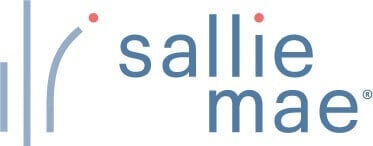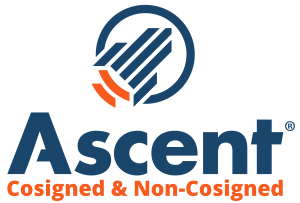So you’ve graduated high school, and before you can stop Green Day’s “Good Riddance (Time of Your Life)” from playing on repeat in your head, your parents have approached you to have a conversation about student loans. It’s time to get down to business. If you have no idea how to approach the topic, don’t feel alone. It’s a good idea to have a full understanding of various loan plans before you go off to school, including the option known as “hybrid interest rates.”
What is a Hybrid-Rate?
When you hear the term “hybrid,” you’ll probably think of the eco-friendly car, or, if you’re an athlete, a specific type of golf club. In both cases, the product in question combines two subsets of material: electric power and gasoline for the former, wood clubs and iron clubs for the latter. A hybrid interest rate is similar, combining what’s known as a “fixed-rate” interest plan with a regular “variable rate” plan. To break it down, let’s dive a little deeper into both components of the concept, shall we?
Combining Fixed-Rate and Variable-Rate
A fixed-rate loan plan is exactly what it sounds like. You’ll pay the same interest on your loan over the entire period of the plan, regardless of the economy or loan market. This is, obviously, kind of a gamble; you could be making a wise financial decision or a horrible mistake, depending on the volatility of the lending economy. On the other hand, an adjustable-rate interest plan, as its name suggests, adjusts itself based on outside factors to give the borrower a more balanced option of repayment. In some periods you’ll pay more, others you’ll pay less, but the plan assures customers an even lending experience.
You might wonder how the two plans that make up a hybrid rate are compatible at the same time. Simple answer: they’re not. In a hybrid plan, fixed and adjustable rates don’t occur simultaneously; rather, one follows the other. Most of the time, your rate is fixed for a certain period of time first, and then, following a specific “reset date,” your rates will become adjustable, changing depending on the market, economy, and price of tuition.

Pros and Cons of Hybrid-Rate Plans
Hybrid plans are similar to fixed-rate plans in their inherent risks, namely the idea that it’s impossible for your rates to go down for a period of time, even if they do for adjustable-plan holders. However, the addition of the reset date allows you a failsafe; if loan rates are starting to go down for others, you’ll benefit from the same financial breaks after a while, instead of not benefiting at all and staying with a flat-rate plan.
If you’ve read all this and you don’t think a hybrid plan is right for you, don’t sweat it. For many, the risks outweigh the benefits. But, others feel differently, and it’s simply important to have all the relevant information before you make a decision. Additional info on fixed-rate, adjustable-rate, and hybrid plans can be found online or explained to you by a trusted financial advisor. Of course, regardless of your choice, you should be aware of the positives and negatives for each option.
Use College Raptor’s free Student Loan Finder to discover personalized loan options. Compare lenders and interest rates to find the ideal student loan for you!
| Lender | Rates (APR) | Eligibility | |
|---|---|---|---|
 |
5.34%-15.96%* Variable
3.99%-15.61%* Fixed
|
Undergraduate and Graduate
|
VISIT CITIZENS |
 |
4.92% - 15.08% Variable
3.99% - 15.49% Fixed
|
Undergraduate and Graduate
|
VISIT SALLIE MAE |
 |
4.50% - 17.99% Variable
3.49% - 17.99% Fixed
|
Undergraduate and Graduate
|
VISIT CREDIBLE |
 |
6.00% - 13.75% Variable
3.99% - 13.75% Fixed
|
Undergraduate and Graduate
|
VISIT LENDKEY |
 |
5.50% - 14.56% Variable
3.69% - 14.41% Fixed
|
Undergraduate and Graduate
|
VISIT ASCENT |
 |
3.70% - 8.75% Fixed
|
Undergraduate and Graduate
|
VISIT ISL |
 |
4.99% - 16.85% Variable
3.47% - 16.49% Fixed
|
Undergraduate and Graduate
|
VISIT EARNEST |
 |
5.00% - 14.22% Variable
3.69% - 14.22% Fixed
|
Undergraduate and Graduate
|
VISIT ELFI |






